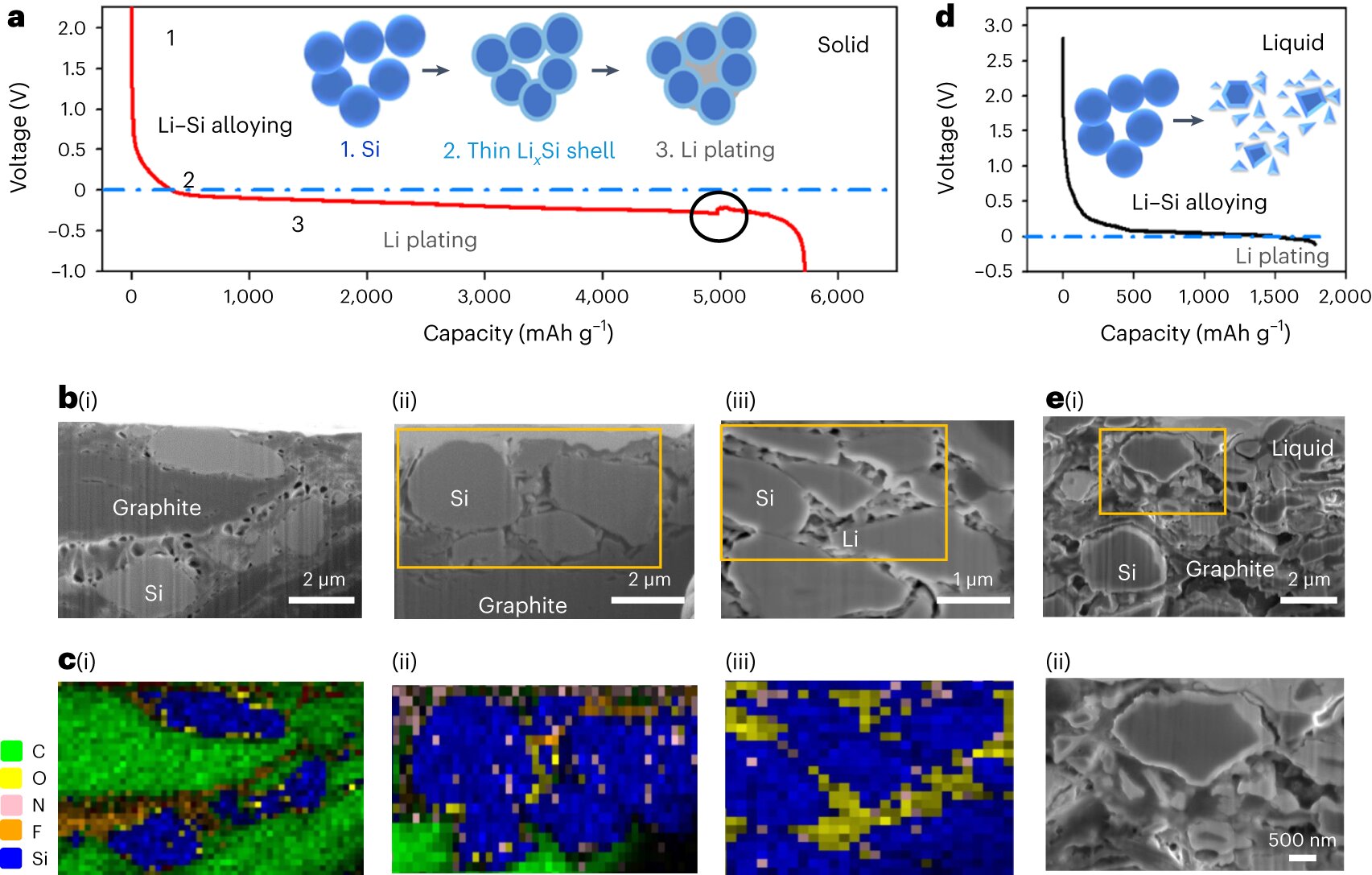Solid state battery design charges in minutes, lasts for thousands of cycles::Researchers from the Harvard John A. Paulson School of Engineering and Applied Sciences (SEAS) have developed a new lithium metal battery that can be charged and discharged at least 6,000 times—more than any other pouch …



More than that, the storage tanks required to store an effective amount of hydrogen are insanely heavy and inefficient. A full tank might be only 6% hydrogen by weight, the rest being the weight of the tank itself.
The tanks are kept under extremely high pressures to achieve acceptable storage density, so safety is a concern as well. Unless this problem is solved I don’t see fuel cells replacing batteries in transportation.
A big factor in this is that Japan’s overall energy transition strategy is heavily focused on hydrogen, and has been since the 1970s. Back then hydrogen was considered one of the promising alternatives alongside biofuel and battery electric vehicles. Today battery electric has taken a clear lead and fuel cells are nowhere close, but Japanese industry is already heavily invested in hydrogen tech (and receives substantial government subsidy).
There is some potential for hydrogen still. It’s probably the only feasible means of decarbonising heavy industries such as steel production. It’s a potential option for grid-scale energy storage, given that it’s fairly easily produced using surplus renewable energy.